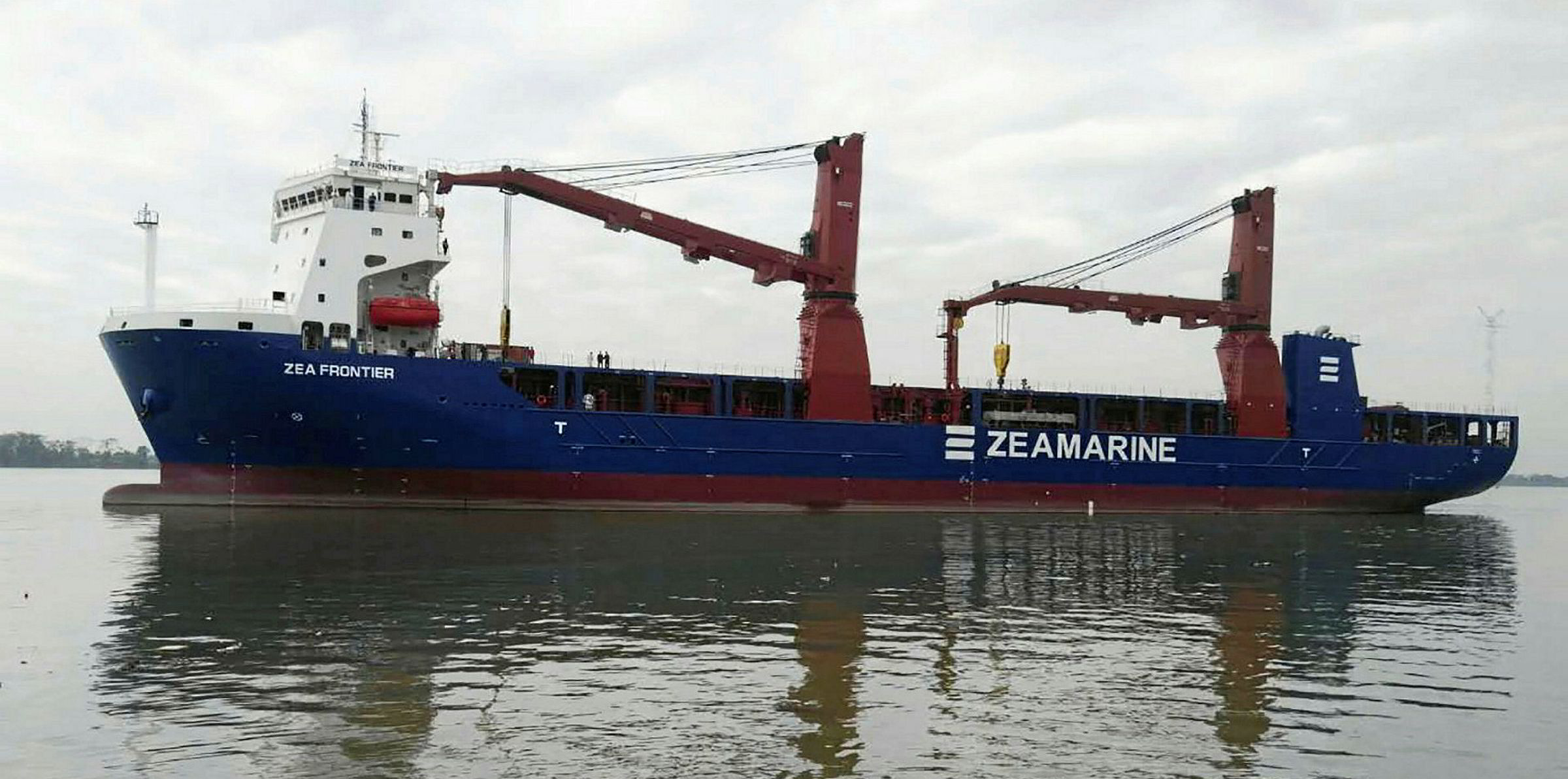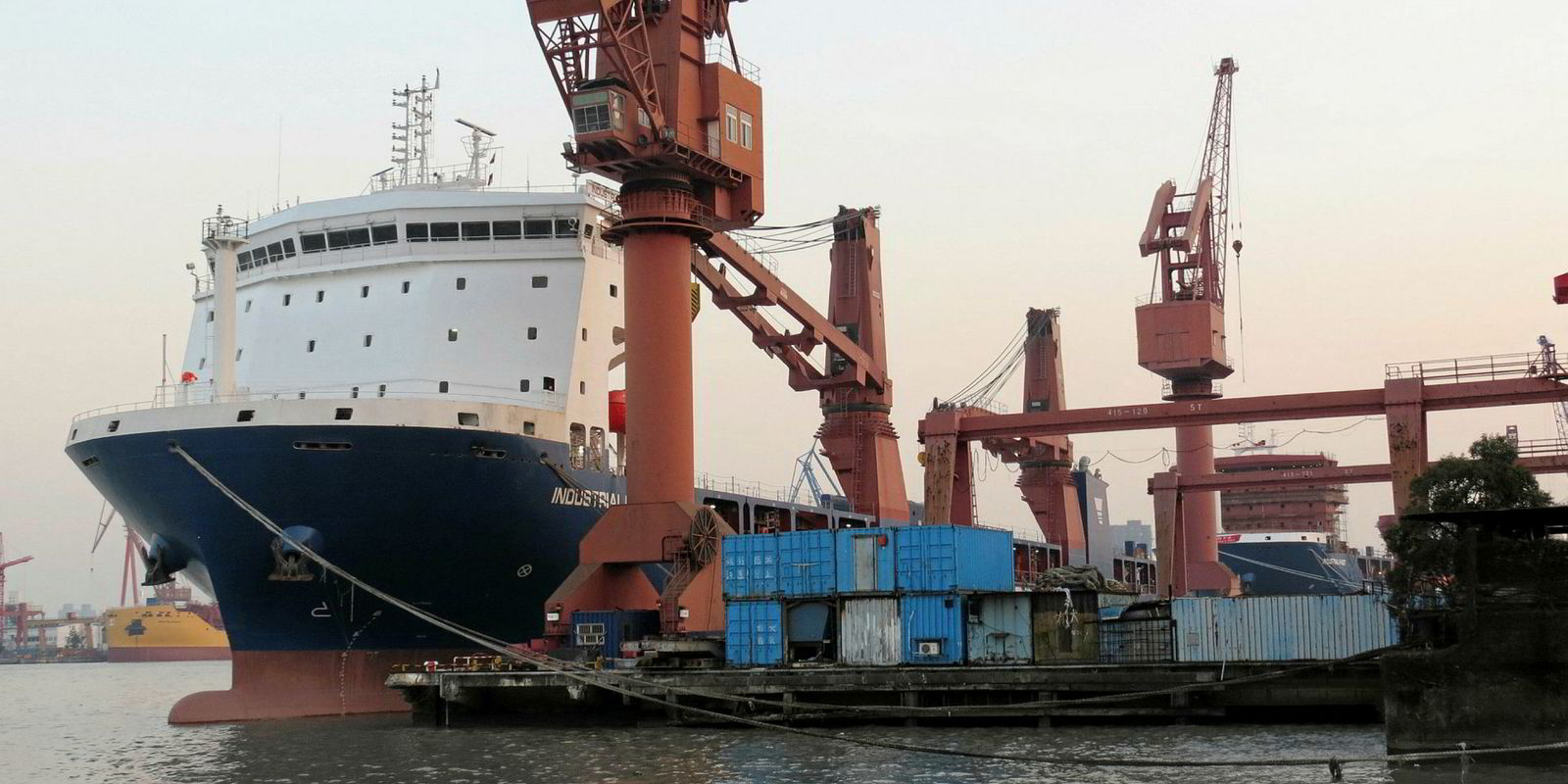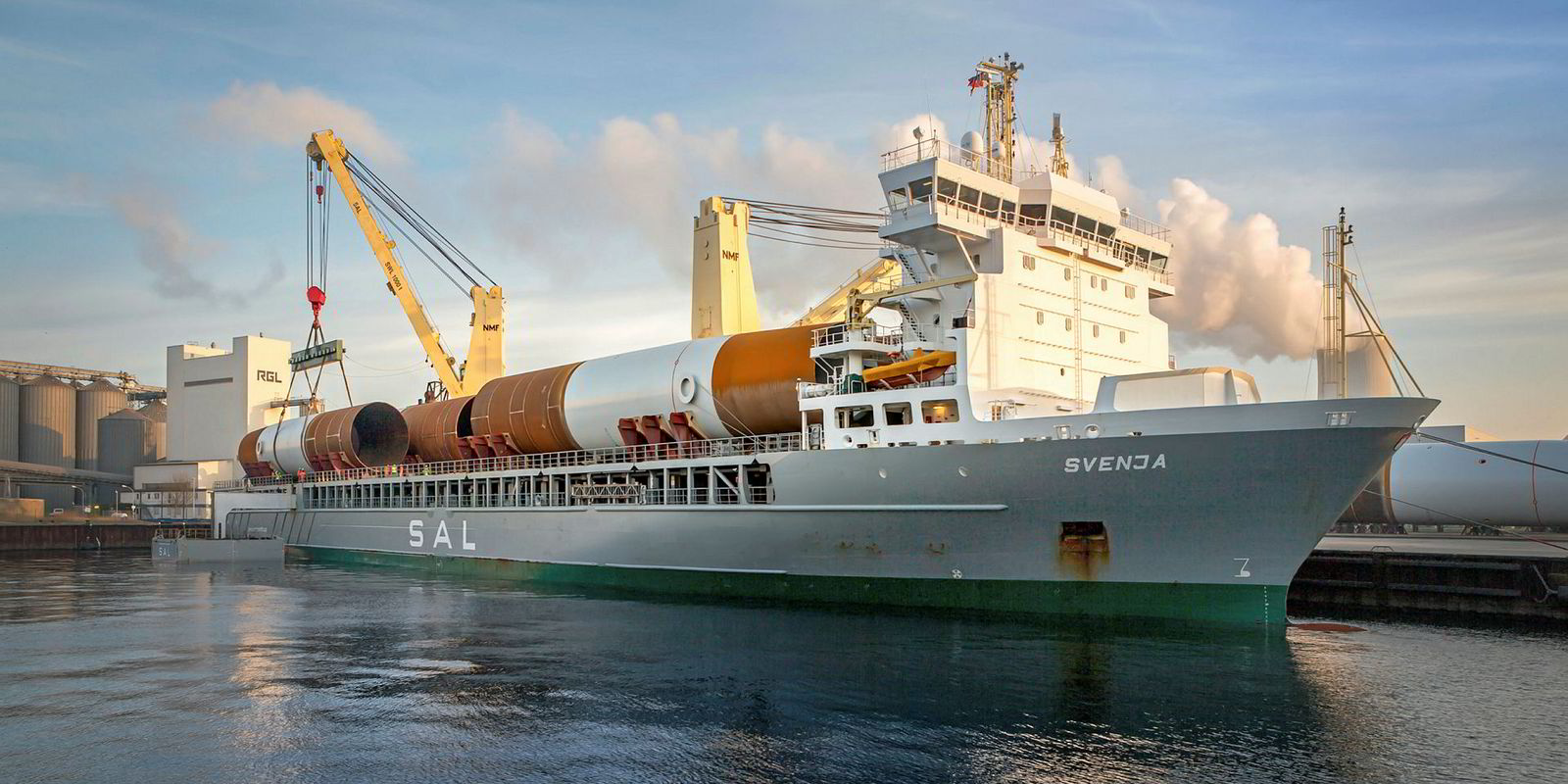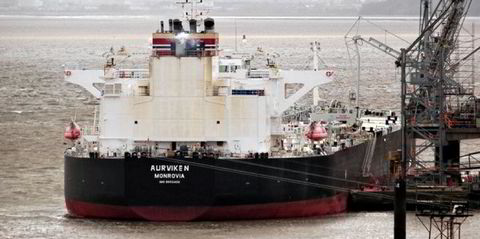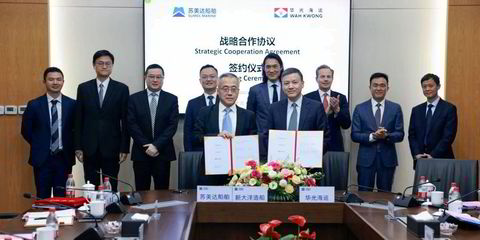Leading multipurpose ship (MPP) operators AAL and Zeamarine have outlined plans to implement low-sulphur fuel surcharges next month.
Their strategy is in stark contrast to MPP rival Spliethoff, which is opting to install scrubber technology on most of its fleet.
Singapore-based AAL unveiled that it would adopt low-sulphur fuel from 1 September, with the additional cost to be worked out on a case-by-case basis.
Separately, Zeamarine will implement a low-sulphur fuel surcharge on the same date to deal with “significant costs”, according to company chief commercial officer Dominik Stehle.
The German operator will subject all tramp bookings to a new bunker adjustment clause, while a charge of $35 per freight tonne will be implemented for liner services.
Opposite choices
“We are in the process of preparing the fuel tanks, piping systems and engine of our vessel in order to comply with the new regulation,” Stehle said.
The policy of AAL and Zeamarine looks set to contrast with that of Spliethoff, which has committed to the use of scrubbers.
The Amsterdam-based operator earlier this year obtained a €110m ($122m) loan to retrofit 42 ships — 23 of which will be fitted with exhaust gas cleaning systems and the rest will have ballast water management systems.
“The addition of scrubbers increases the cost of transportation,” the company said in a statement on 25 July.
“But we believe that this investment achieves the best solution for the environment in a safe and cost-efficient way.”
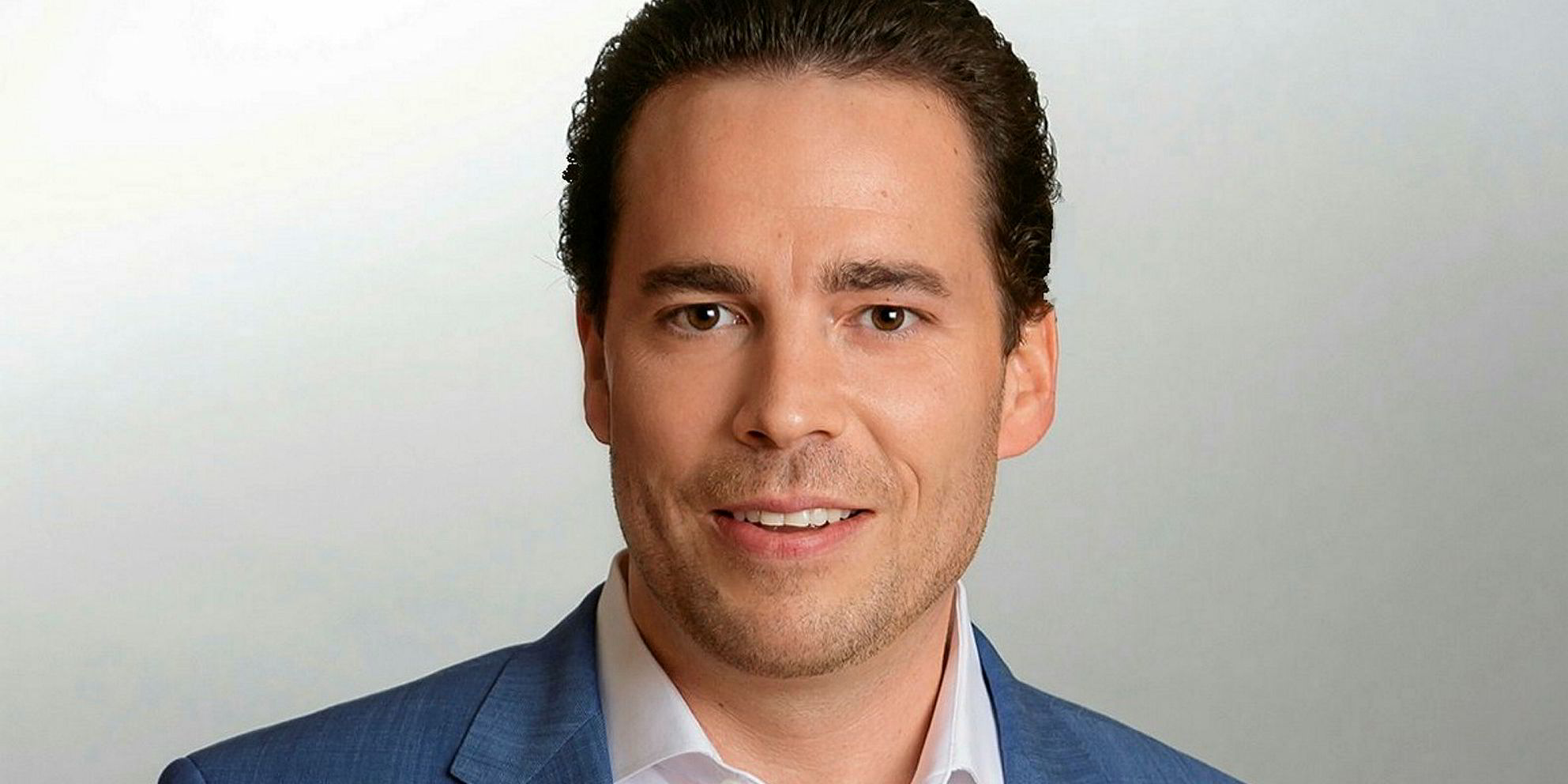
Speaking to TradeWinds this week, AAL managing director Kyriacos Panayides said scrubbers were not deemed feasible on the size of ships run by the Singapore-based outfit.
He said that MPP operators were keen to let shippers know they were expected to share the additional costs, but added that it was difficult for MPP operators to apply a formula along the lines of other sectors of shipping.
'One-size does not fit all'
“In the multipurpose shipping sector, we know well that one-size does not fit all,” he said.
He added that the formula for working out increased fuel cost for the MPP sector would be a much more complex exercise, due to the wider variety of cargoes and trades handled in the project and multipurpose sector.
The extra cost of fuel is set to hit an MPP fleet that largely comprises vessels designed for an earlier era when fuel costs were cheaper.
But Panayides believes that older vessels will remain in employment because few new ships are being built.
“There are few eco-ships," he said. "So unless the orderbook changes, I don’t see this will be a threat.”
He added that a big problem for the industry is finding fresh capital.
He said private equity funds had “all burned their fingers” and were no longer attracted to the MPP and heavylift sector.
That could play to the advantage of existing MPP operators by restricting new entrants and maintaining a low orderbook.
“That means the fleet on the water, whether they are five or 10 years old, will still be employed,” Panayides said.
He added that there might be new vessel designs in the wind sector, where there was an increased number of offshore projects.
But it is difficult to make predictions about demand from oil and gas, mining and infrastructure projects that are the mainstay of MPP demand, Panayides said.
He added that consolidation in the MPP sector is set to continue.
